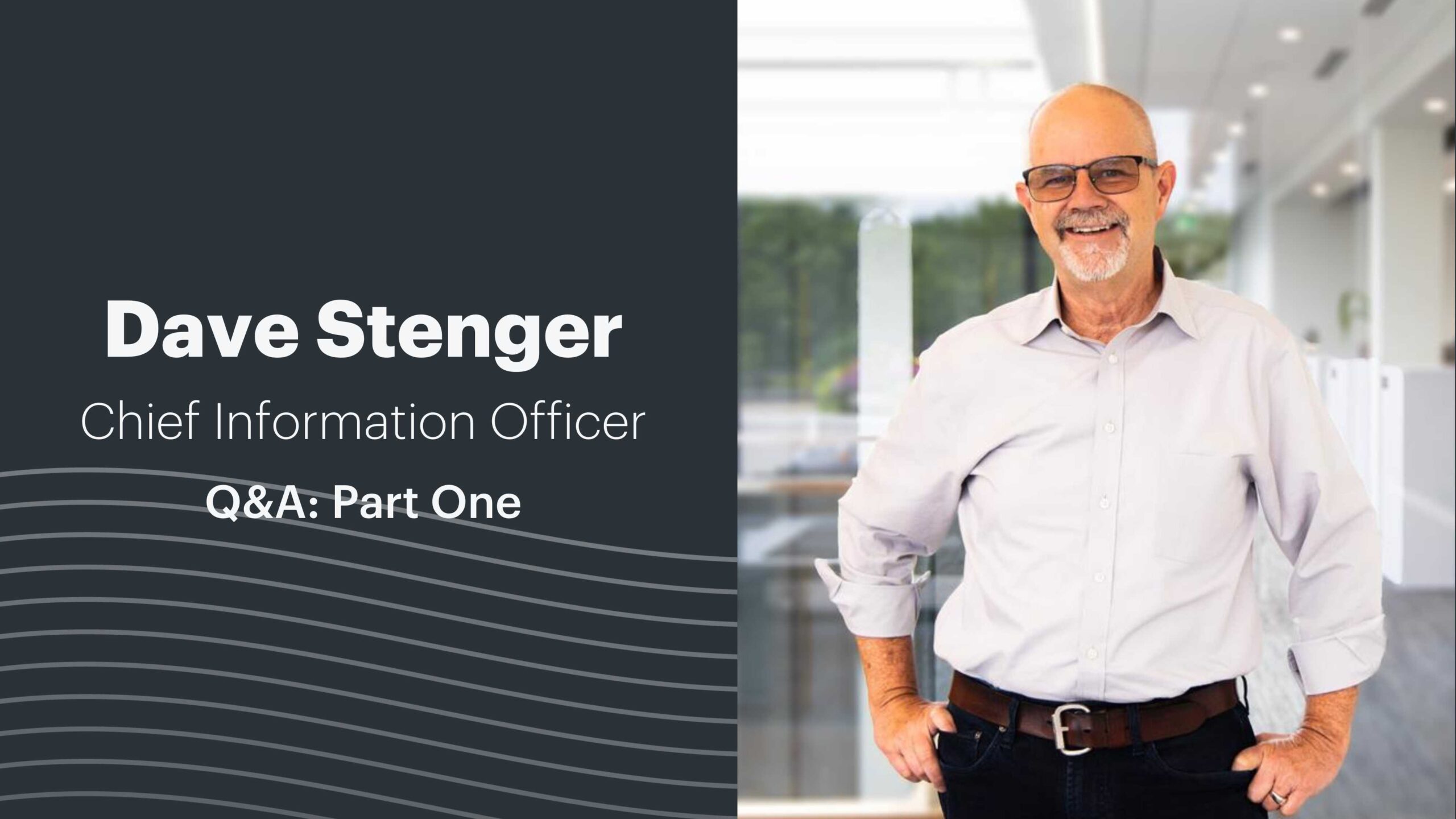The Agile mindset empowers Knowledge Services’ technology team to bring innovative, secure tech solutions to our clients. By owning the technology that powers our core services, Knowledge Services stands apart and can deliver superior levels of security, reporting, and stability for State and Local governments across the United States.
Dave Stenger, CIO of Knowledge Services, has guided the company’s development team for 20 years. In that time, he’s helped the company scale its technology to meet increasing demand and safeguard it from cyberattacks. As craftsmen in their field, Stenger challenges his teams to constantly bring new value to Knowledge Services’ clients. One of the chief engines to drive innovation is the development team’s Agile mindset and principles. Under Agile, cross-discipline teams work together during sprints to accomplish various tasks to maintain and bring new features to Knowledge Services’ tech stack. Discover how adopting Agile challenged Dave and his team and learn the many benefits it brings Knowledge Services’ customers.
Knowledge Services: When did the idea to adopt the Agile mindset begin for Knowledge Services?
Dave Stenger: Agile had been in use in the software industry for several years before we began our journey, but as a leader, you’re always looking for ways to improve. I had read a lot about Agile and talked to several of my counterparts in other organizations and decided we should take a run at it. I’ve made a career as a change agent, and I commonly start by practicing—doing a pretend run based on what you’ve studied to date.
That Agile practice run let our team really try it out, make mistakes, but ultimately gain an understanding of what you didn’t know. When we made the investment to educate and formally implement Agile, we knew some of the roadblocks we would likely face and were better prepared to ask the right questions. It was intended to be about a 6-month practice run, but it was probably a year before we brought formal training in, which started with the leadership team and then focused on the development team. Agile has now expanded into Information Technology, Cyber Security, and even to one of our Sales and Account Management areas.
KS: How would you define Agile for people outside tech?
DS: The first thing I would say is that Agile is actually a mindset, not simply a process. That mindset is centered around some basic principles. For example, in the past, we highly valued processes and tools. In Agile, one of the first principles is that we value individuals and interaction over processes and tools. It doesn’t mean processes and tools aren’t important, but that interaction is more important, and individual thought is more important.
Another principle of Agile is valuing working software (results) over comprehensive documentation. In the past, the traditional software development model put a big emphasis on listening to end users and documenting their feedback. But that process introduces a lot of potential misinterpretations and errors into the product. When you finally unveiled new features six months later, we found out how wrong we got it. That’s an old process. It doesn’t mean documentation isn’t important, but having working software is significantly more important.
Under the Agile mindset, we get our tech stack out in front of people sooner rather than later, not waiting for a single big unveiling, but regular, incremental releases of value. It allows us to get immediate feedback from users, and that feedback is the cornerstone of agility.
So to define Agile without acknowledging the underlying principles, would be shortsighted. It then utilizes several ceremonies within the Sprint timebox. Usually, the time box is one, two or three week durations. The ceremonies include: Planning (four hours for a two-week sprint), Daily Scrum (15-minute standup to sync the team daily, Review (showing clients what a releasable increment of value), and Retrospective (Team internal discussion on what can be improved in the next sprint).
KS: What are other aspects of the Agile mindset?
DS: Another principle of the Agile mindset is customer collaboration. In the past, our strategy was to speak with the customer, interpret what they want, and then create a contract of service. But that methodology doesn’t prioritize collaboration throughout development. In fact, it meant that with each change, there was a change request and potentially a new quote. We learned that valuing customer collaboration throughout the development process brought better results for the client and a lower cost responsiveness to the process.
Another element of the Agile mindset is valuing responsiveness. The Agile mindset isn’t about locking yourself in, but instead being responsive, making small deliveries. You want to figure out what is the most valuable item a client is looking for, and then break that down into deliverables and get immediate feedback.





